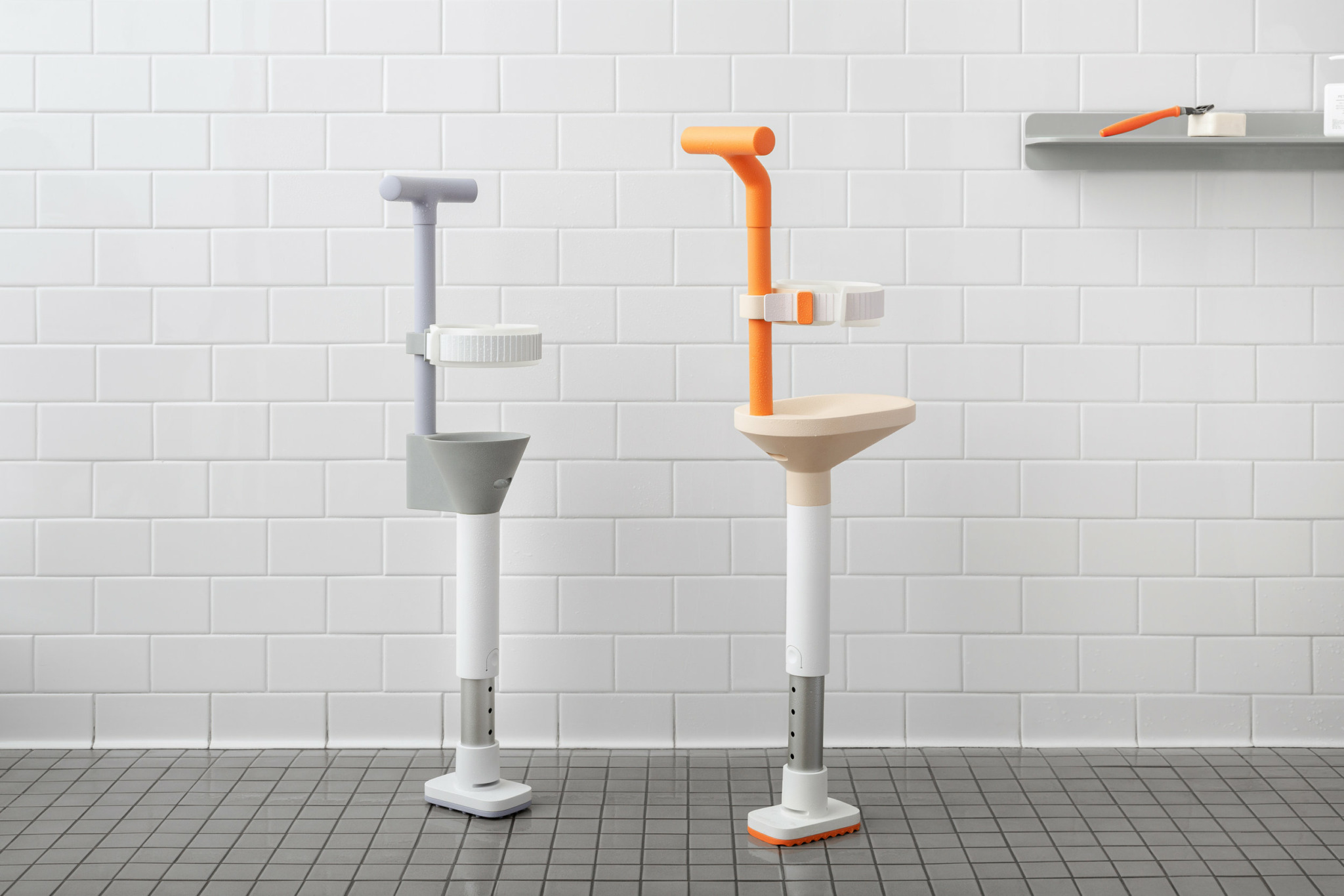We were lucky to catch up with Harry Teng recently and have shared our conversation below.
Alright, Harry thanks for taking the time to share your stories and insights with us today. Did you always know you wanted to pursue a creative or artistic career? When did you first know?
I knew I wanted to pursue a creative path the moment I handed in a blank exam sheet in middle school. Not out of rebellion—my brain just refused to cooperate. Years of tutoring had numbed my curiosity, and the only thing that kept me grounded was secretly sketching manga on my desk (which my teacher enthusiastically erased).
Growing up in a traditional local school in China, doing what you love wasn’t just rare—it was almost rebellious. Everyone around me was headed toward the same narrow goals: doctor, lawyer, business elite. Art and design weren’t just unpopular—they were considered a detour, even a mistake.
That failure, however, turned out to be freedom. My parents, to their credit, pivoted. I transferred to an international school and studied art and design—finally, things made sense. Industrial design felt like home: applied art with logic, empathy, and just enough chaos.
Looking back, my dad had been doing industrial design all along—he just called it engineering. He designed dental chairs with human factors in mind, without knowing there was a name for it. He taught me to draw, to build Gundam kits, to think with my hands. Drawing sharpened my eye. Photography taught me to listen. And somewhere along the way, empathy became my design superpower.
I didn’t choose design—it quietly chose me, the moment everything else stopped making sense.


As always, we appreciate you sharing your insights and we’ve got a few more questions for you, but before we get to all of that can you take a minute to introduce yourself and give our readers some of your back background and context?
I’m Harry Teng, a Senior Industrial Designer at Microsoft Surface, where I focus on shaping the future of personal computing. I trained at ArtCenter College of Design, where I learned to balance intuition with precision—two forces that continue to shape my practice. My work spans hardware, UI/UX, and human factors, often held in a kind of poetic tension: light in appearance, rigorous in structure. I’ve led the design of high-performance laptops, explored the edges of mobile computing, and developed medical concepts like Lytra—a shower prosthetic centered on dignity and everyday ease, not medical formality. What defines my work is a quiet empathy. I believe design should speak with clarity, not volume—leaving space for the user’s own story to emerge. I’m drawn to technical restraint, brutalist honesty, soft materials, and fog-toned palettes. Inspiration comes not just from aesthetics, but from how people live, move, and adapt. Outside of Surface, I build minimalist furniture, document process like stills from a film, and mentor younger designers—especially those who were told that “design” wasn’t a real path. I want people to feel seen in the things I make. Whether it’s a laptop that carries the softness of spring light or a prosthetic that feels like home, the goal is always the same: create with care, and let it matter in the quiet, human moments.


What do you think is the goal or mission that drives your creative journey?
Yes. My creative journey is driven by a quiet but persistent mission: to design with empathy, not just for users’ needs, but for their dignity and emotional presence in the world. I believe great design doesn’t just solve problems — it respects people. My goal is to create objects that are light in appearance but rigorous in structure, allowing space for users to feel seen without being overwhelmed by the object’s presence.
Take Lytra, the shower prosthetic I’ve been developing. It wasn’t born from a brief to make something “more medical.” Quite the opposite — I saw that traditional prosthetics often carry the visual language of disability, of discomfort, of clinical detachment. Lytra is a response to that. It’s a lifestyle object that restores not just function, but autonomy — something closer to a pair of slippers than a hospital tool. Its design language is soft, modular, and sculptural, meant to be left out in a bathroom without shame.
This same mission extends to my work at Microsoft Surface. When I helped shape the Surface Laptop’s new form, every radius, material, and color choice was a negotiation between technical performance and emotional tone. The machine had to perform for professionals but also feel calm, grounded — like a thoughtful companion, not just a high-spec tool. I want to design technology that feels human, not just high-tech.


What’s the most rewarding aspect of being a creative in your experience?
The most rewarding part is seeing the invisible become visible — when a person interacts with an object I’ve made, and their body language softens, or they smile, or they pause just a second longer than expected. That pause says, “This was made with care.” That moment of recognition — that’s everything.
When we launched the latest Surface Laptop, I remember watching someone run their hand along the edge of the keyboard deck and say, “It just feels right.” That tactile response wasn’t an accident — it was the result of countless iterations balancing material, tolerance, finish, and curvature. That kind of feedback — subtle but visceral — means the design spoke clearly without ever raising its voice.
Even more personal was when a prosthetic user told me that Lytra didn’t feel like a “tool,” but a part of their routine. They said it didn’t feel like something “medical” — it just felt like them. That stayed with me. Because at the end of the day, the best thing design can do is affirm someone’s identity without asking them to explain themselves.
Those quiet moments of alignment — between intent and experience — are what keep me going.
Contact Info:
- Website: https://harryteng.com/
- Instagram: harry_teng_
- Linkedin: https://www.linkedin.com/in/harry-teng-09208075/




